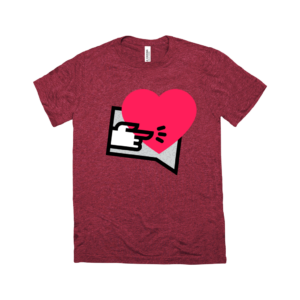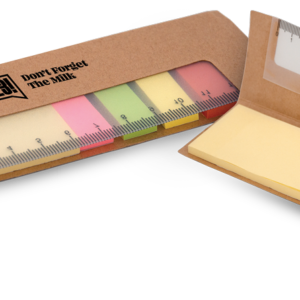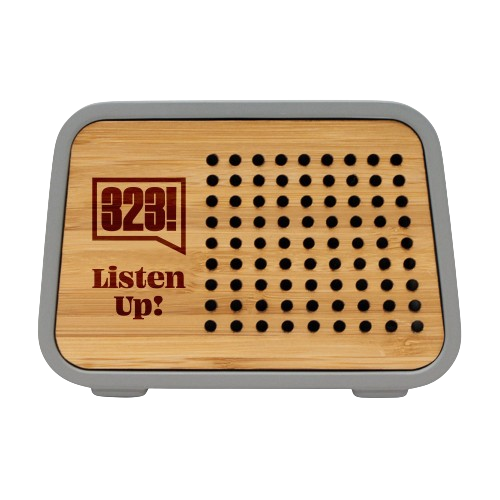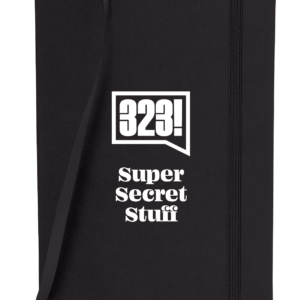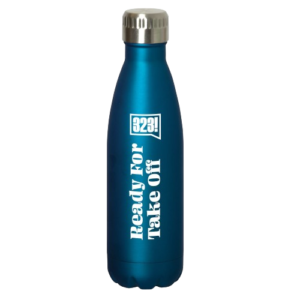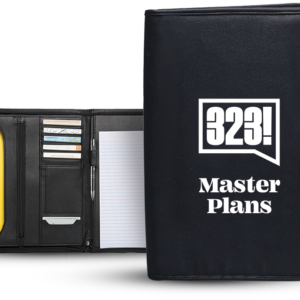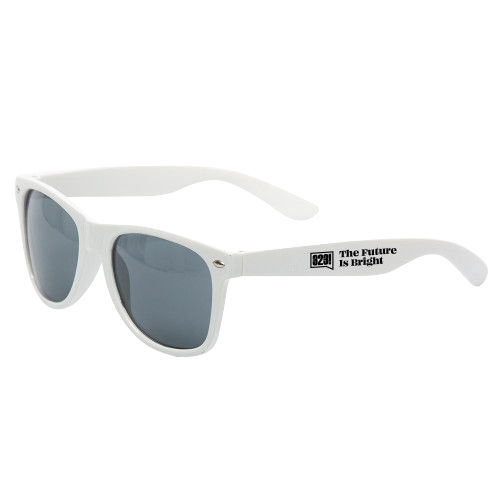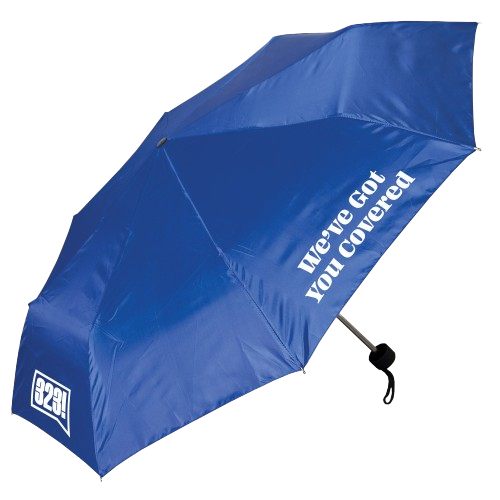This post may contain affiliate links, which means we might receive a small commission, at no cost to you, if you make a purchase through a link
The content basics series will refresh your website and position yourself for a strong content marketing, SEO boost and have your website ready to build awesome funnels!
The #contentbasics series includes one tactic that simplifies an element of your website:
- How to write an awesome “About page” that clearly describes you and your website.
- What your “Home Page” should really look like and how it should function.
- Why every website needs a “resources page” and what it should do.
- Why you need to automate your “contact page” and start building your most valuable asset.
- How to audit and edit any page on your website to rank better and increase conversions.
In this #contentbasics article, we’re going to look at how to create cornerstone content. But first, we should cover the what and the why.
Cornerstone content contributes to authenticating your brand and generating traffic. Those two things alone (believe me, I know), bloggers spend years trying to accomplish. If cornerstone pieces of content are a shortcut to accomplishing that, why are they missing from so many websites?
Let’s start by breakdown what a cornerstone content piece is, then give a few helpful tips to start creating cornerstone content for your own website.

What is Cornerstone Content?
Our websites are made up of various types of content; blog posts, home page, about page, contact page, product pages, sales pages, landing pages, etc. The cornerstone pieces of content are considered pillars that create the foundation for everything else on your website to exist.
Why does it matter? Why is cornerstone content missing from so many sites?
These pieces of content establish your authority and show your expertise on a particular topic. To build your authority, you’re going to have a very limited number of cornerstone pieces (on purpose), you can’t be an expert about everything. Choosing the pillars of your brand is crucial to the direction of your brand, both for the products or services you offer and what you consistently blog about.
I find most websites are missing cornerstone content for two reasons.
First, each piece of content requires more research, writing, and polish than your typical post or page. Allocating that amount of time isn’t always an option, or it is in the works. You’re not going to be publishing this in a day or two. It takes time. A lot more time than your typical post. Writing cornerstone content takes planning and discipline to produce the best possible content.
Second, some people who have published cornerstone content are not up to current standards or need a refresh. Think about how quickly content can become dated in a niche like SEO. You need to have the latest to hold your authority. Or there isn’t enough substance and you’ve left your audiences wanting more (good job!), but they are going somewhere else to get it.
I hope that a brief introduction shows you the need of cornerstone content, now let’s cover the how. It’s actually more straight forward and less intimidating than it sounds. You need to leverage your skills and expertise, so you can craft something that your audience can appreciate. You also want to make it easy to consume, so consider repurposing in multiple formats.
How to create awesome Cornerstone Content
Leverage your Expertise: Your ability to speak in your own words is what draws most people to your blogging. Yes, you! Your expertise allows you to make comparisons and gives a perspective that no one else can. By leveraging your expertise and using your skills, you can differentiate yourself from a research paper on your subject that any college student could put together. Be unique and don’t hold back the way you see things. Use the research to back up your opinions with facts.
One of my professors told me in school, “we learn to research and gather facts, but you’ll get paid to give insights.”
Give your audience insights with your cornerstone content
- What is your topic of choice? Why?
- What is the thing you know the most about?
- How can you share this knowledge in a way that your audience can benefit?
- Why should they trust you to be their expert on the subject?
- How much detail can you give that otherwise isn’t easily available?
Your insight into any topic will be fascinating to your readers. However, it’s your job to stay focused on your main topic of interest so you are delivering on your value propositions.
Match your blog categories and tags with your frequent hashtags on social media, which should match your products or services
When the search engine bots are crawling your site, you want to have aligned categories for all of your inbound links when possible. If you are writing about “content marketing” then it should also appear as a frequent hashtag or topic you engage with and post about on your social channels. Thinking about this in reverse, if someone was looking at your Pinterest boards and sees they can click through to your website, they are expecting to see more of the same topics. Keep the consistency for SEO and improved user experience (UX).
If you need help coming up with ideas, there’s plenty of SEO tools out there to learn what your’re competitors are up to or help create content ideas. Cornerstone content should be 2000+ words and should set up the next step in a user’s journey on your website. Aim to create this as a catalyst in their journey to your target conversion, similar to a sales funnel, but without the fixed path.
Make your cornerstone content timeless
Since this piece of content is not supposed to fade, it needs to be evergreen or timeless. No matter when it is being read in the future, it should have the same value-add that it did the day you published it. To accomplish this, remove all dates, references to things happening in the world, trendy language/phrases, and images that have products that naturally date themselves. (Like a picture of a person texting on a blackberry or flip phone … Hello circa 2002 – 2009!)
Get deep into the subject. To the point, your reader feels like they have paid to read something of this value.
The length is certainly a giveaway of how much content you’ll cover, but the depth is also a factor. Just increasing your word count could be done by sharing the opinions of multiple experts on the same topic. Gaining depth requires a beginning, middle, and end.
- Beginning: creating demand, ensuring your audience keeps reading because they understand why they want what you’re talking about.
- Middle: tell a story to add relevance, social proof and give pearls of wisdom with context or examples. Create a clear objective and desirable outcome.
- End: action plan to accomplish your plan.
Extract share able quotes for your Social Media Posts
We all love quotes. They are quick to read, make us think and leave an impact. Through out your writing, you’ll find sentences or phrases that are quote-worthy. Layer them on top of an image on Canva or Pablo and you’ve got a professional quote that’s ready for social sharing!
Create ideal content for each relevant social platform
Distribution is often overlooked. What many successful blogs do is create the best possible images and shareable content for each social platform. Ever run into a Facebook post, pin or tweet with an image cut off? It happens all the time because the image was generic, not platform-specific. Insert different images to be platform-specific in your content so the right images can be included. It’s an easy problem to fix by choosing the size of the right image and designing it in a way that is popular on the platform.
My top favorites are:
- Pinterest infographic
- Instagram quote cards
- Facebook posts
- Summary videos YouTube
Each of these will take more time but will guarantee your content shines on each social platform. Not all of your audience is everywhere on social. You want to look your best wherever they are active.
Add a content upgrade
If your cornerstone content is a hit with your audience, they will be surely looking for more of your knowledge. You can leverage this interest by offering the next logical step for your topic.
- Ebook – when there is more depth to your topic that isn’t suitable for the web or will make the blog post much too long. (here’s an example)
- Workbook – when you have actionable steps for your audience to take, but to accomplish the intended outcome it’ll take adding their circumstances to your process.
- Checklist – when you give a systematic or step-by-step process that can be repeated without additional input or changes.
- Email course – when you have a bigger task or challenge that needs to be broken into bite-size chunks or done in specific time intervals.
- Webinar – when you want to present your information live, ask Q&A or create a bridge to the sale of an info product like an online course.

Create an email sequence to follow
- With all content upgrades, you need to offer accountability for your audience. Checking in with them is a great way to remind them you’re available to help and there a reason to keep in touch.
- Being based on a certain topic, your emails will be welcomed, rather than being “just another promotion” or “just another newsletter.”
- You can fully automate this step to create a rocking sales funnel!
Pick your winning formula!
Keep in mind that you can add or change these tactics to see what works best. Your cornerstone content will be evergreen and over time, become one of the top-performing pieces of content on your website. It will be worth the investment to create it.
A great, if unexpected, outcome from creating cornerstone content articles is that you’ll create a new benchmark for your typical posts. This isn’t to say you’ll only create the scale of a cornerstone article, but I found different ways to format posts, content upgrades and writing tactics that made all my blog posts better. I hope you have learned something and have the confidence to go upgrade the content on your site!
-
 323 Social Heart T-Shirt$16.90 – $19.90
323 Social Heart T-Shirt$16.90 – $19.90 -
 323 Happy Content T-Shirt$16.90 – $19.90
323 Happy Content T-Shirt$16.90 – $19.90 -
 200 Sticky Notes with Ruler$1,400.00
200 Sticky Notes with Ruler$1,400.00 -
 200 Speaker & Wireless Charger$16,000.00
200 Speaker & Wireless Charger$16,000.00 -
 200 Journals$4,000.00
200 Journals$4,000.00 -
 200 Rocket Bottles$4,400.00
200 Rocket Bottles$4,400.00 -
 200 Portfolios with Zipper$12,000.00
200 Portfolios with Zipper$12,000.00 -
 200 Sunglasses$1,800.00
200 Sunglasses$1,800.00 -
 200 Umbrellas$5,000.00
200 Umbrellas$5,000.00
The 323 Media Group is led by Chris Milton and is a team of creators, digital marketing professionals, illustrators, and writers. We build our team to fuel the projects that we’re working on. From massive digital marketing initiatives to merch that makes us smile, we’re always creating or optimizing. If you’d like to use your marketing skills to make an impact on some of our future work, please get in touch.
- The Logical Rise of Affiliate Programs – It’s a Referral! - December 29
- How Companies Pivoted In 2020 - December 22
- Helping You Achieve Your Business Goals - December 18

